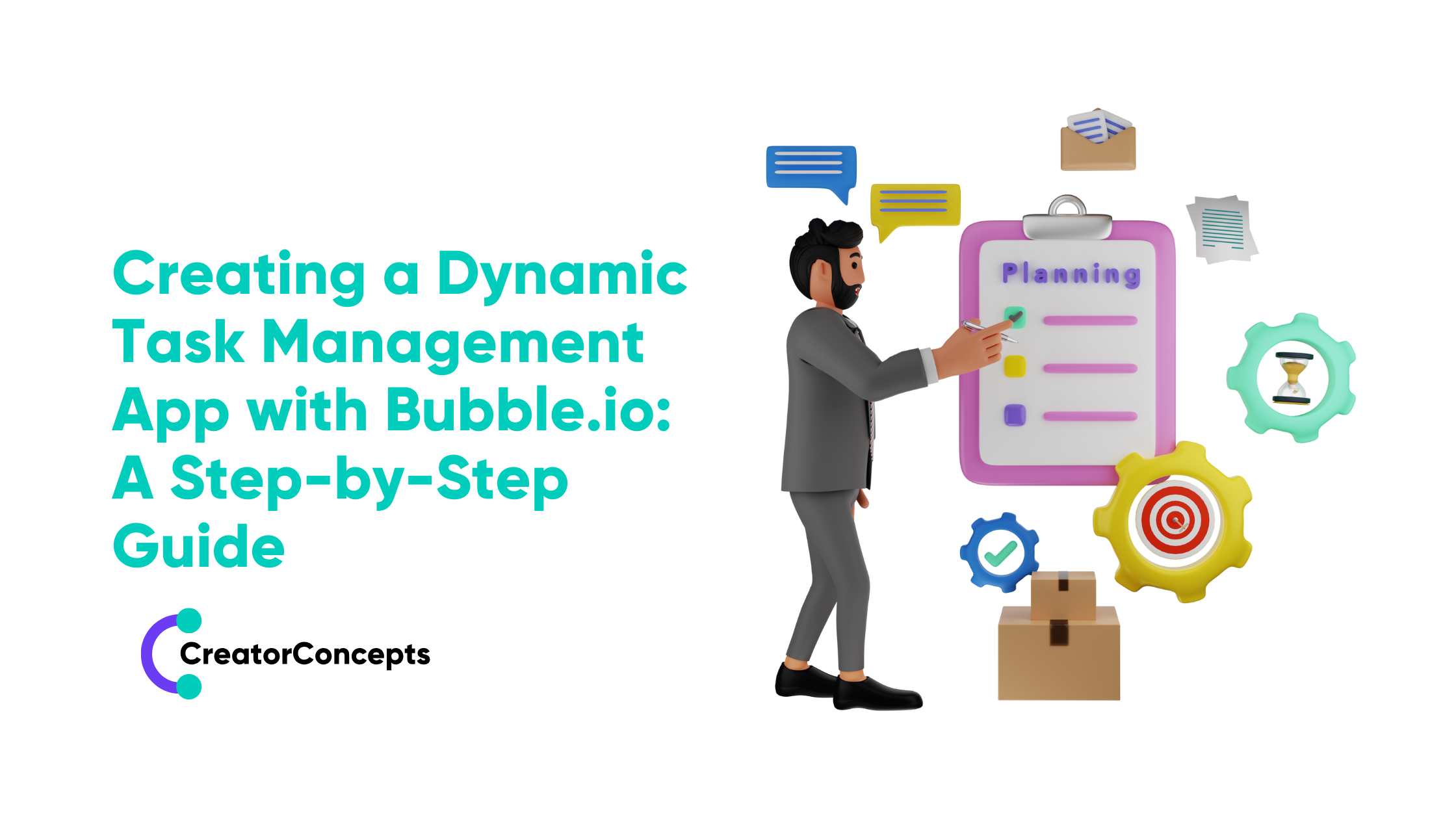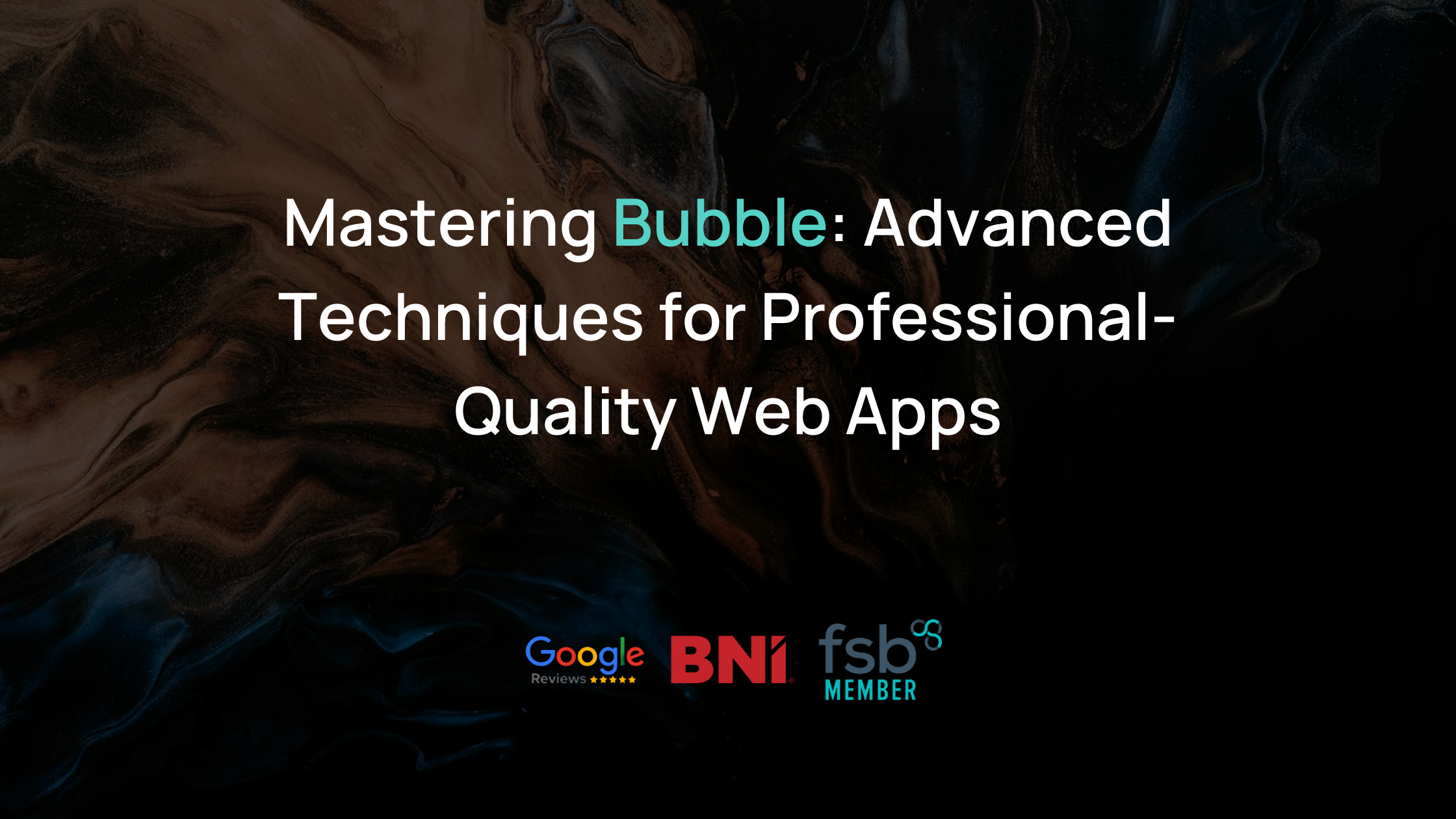How to Tailor Your MVP for Different Market Segments
Creating a Minimum Viable Product (MVP) is a key step in developing any new app or platform. An MVP helps you test your idea, gather user feedback, and make improvements before a full launch. To maximise its effectiveness, it's important to tailor your MVP for different market segments. Each segment may have unique needs and preferences, and addressing them can significantly enhance the success of your product.
Tailoring your MVP involves understanding your target audience and customising features that cater to their specific requirements. This process ensures that each segment feels valued and finds the product useful. By focusing on key segments, you can better allocate your resources, gather more relevant feedback, and increase your chances of product-market fit.
Customising your MVP for different segments also helps in fine-tuning your product's usability and functionality. By testing with various groups, you can identify what works well and what needs improvement. This iterative process not only refines your product but also builds a loyal user base who feels heard and appreciated.
Knowing your market and making deliberate choices about feature sets and design can transform your MVP from a basic prototype into a powerful tool. This approach helps in meeting user expectations and driving engagement, setting a strong foundation for future growth and success.
How to Adapt Your MVP to Different Target Audiences
1. Identifying Your Target Market Segments
Understanding who your potential users are is the first step in tailoring your MVP. Start by identifying different market segments that could benefit from your product. These segments can be defined by various factors such as age, occupation, location, or interests.
Create detailed user personas to represent each segment. A user persona includes basic demographic information, preferences, and problems they need to solve. For example, one persona could be a 25-year-old tech-savvy professional, while another could be a 40-year-old manager looking for efficient team collaboration tools. User personas help you visualise and address the needs of each segment specifically.
Surveys and interviews can provide valuable insights into what different segments are looking for. Ask targeted questions to understand their needs, preferences, and pain points. Analysing this data helps in crafting a more focused MVP that addresses the key concerns of each group. Identifying your target market segments early ensures that your MVP is on point and set for greater user satisfaction.
2. Customising Features for Different Segments
Once you have identified your market segments, the next step is to customise the features of your MVP to meet their specific needs. Not all segments will require the same features, so prioritise the ones that matter most to each group.
For instance, if one of your segments values speed and efficiency, focus on features that streamline workflows. This could include fast-loading pages and shortcuts for common tasks. Another segment might prioritise social features, so you could add components like user profiles and community boards tailored to them.
Here are a few steps to customise features:
- Prioritise Key Features: Identify which features are most important to each segment. Focus on delivering these in the earliest versions of your MVP.
- Segment-Specific Design: Adapt the UI/UX design to suit the preferences of different groups. This could mean simplified interfaces for less tech-savvy users or advanced options for power users.
- Custom Messages: Use tailored messaging and notifications that resonate with each segment. Speak their language to make the MVP more engaging.
Customising features ensures your MVP provides value to various users effectively. By addressing specific needs, you're more likely to gain positive feedback and build a strong user base.
3. Effective Testing and Feedback Collection
Testing and feedback collection are vital steps in refining your MVP. Testing helps identify bugs and usability issues, while feedback provides insights into user preferences. Both are essential to tailor your MVP for different market segments.
Conduct beta tests with a small group from each target segment. This controlled environment allows you to gather detailed feedback without overwhelming your development team. Focus on real-world usage scenarios to see how well your MVP meets user needs. Beta testing helps identify issues specific to each segment's use case.
Use feedback forms and surveys to collect user opinions. Ask specific questions about the features tailored for their segment. For example, if you've enhanced the social features for a particular group, ask how these features improve their experience. Analysing these responses will give you actionable insights into what works and what needs adjustment.
Analytics tools can also be useful. Track user interactions, such as which features are used most often and where users drop off. This data helps you understand user behaviour better. Effective testing and feedback collection ensures your MVP evolves based on real user needs and preferences.
4. Iterating and Improving the MVP
After collecting feedback and testing results, the next step is to iterate and improve your MVP. Iteration involves making incremental changes based on the data collected. This process helps you refine the product and ensure it meets the needs of different market segments.
Prioritise changes based on user feedback and testing data. Focus on the most critical issues first, such as fixing major bugs and usability problems. Once these are addressed, move on to enhancing features that users found valuable or suggested improvements for.
Here are some steps to consider during iteration:
- Regular Updates: Release updates frequently to address bugs and add enhancements. This keeps users engaged and shows that you value their input.
- User Involvement: Keep users informed about changes. Share updates and let them know how their feedback contributed to improvements.
- Continuous Testing: After each update, conduct further testing to ensure changes have positively impacted the user experience.
Regular iteration ensures your MVP remains aligned with user needs and expectations. This approach helps in building a product that different market segments find valuable and engaging.
Target Different Market Segments with Your MVP
Building an MVP tailored for different market segments is a strategic approach to creating a user-centric product. By identifying your target segments, customising features, and conducting effective testing, you gather the data needed to refine and improve your MVP. Iteration based on user feedback ensures that your product evolves in the right direction.
Taking these steps can make a significant difference in how well your product is received. Tailoring your MVP to address the specific needs of different user groups is crucial for gaining market traction and building a loyal user base. This continuous process of refinement keeps your product relevant and valuable.
Ready to tailor your MVP for success? CreatorConcepts Limited can help bring your vision to life with expert no-code development using Bubble. Contact us today to start your journey towards a user-centric MVP!
 By
By


